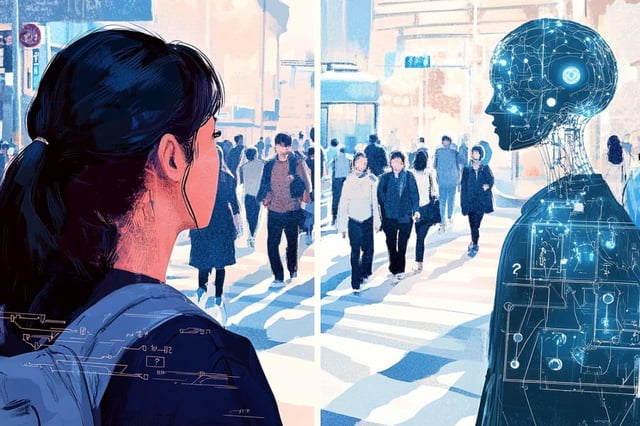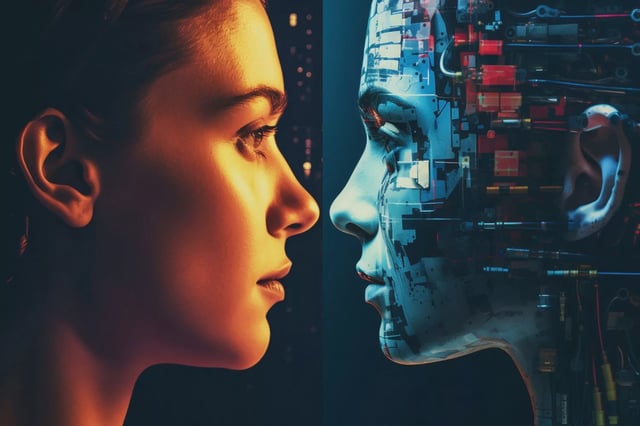Overview
- A Johns Hopkins study tested over 350 AI models against human volunteers in interpreting three-second social video clips, revealing significant AI shortcomings.
- Humans consistently outperformed AI in recognizing social dynamics, with language models performing slightly better than video and image models.
- Researchers attribute AI's limitations to architectures modeled after brain areas specialized in static image processing, neglecting dynamic scene understanding.
- The findings highlight critical gaps in AI capabilities, raising concerns for applications like self-driving cars and assistive robots reliant on social context comprehension.
- Results were presented at the International Conference on Learning Representations and published in PsyArXiv, fueling calls for neuroscience-inspired AI advancements.


